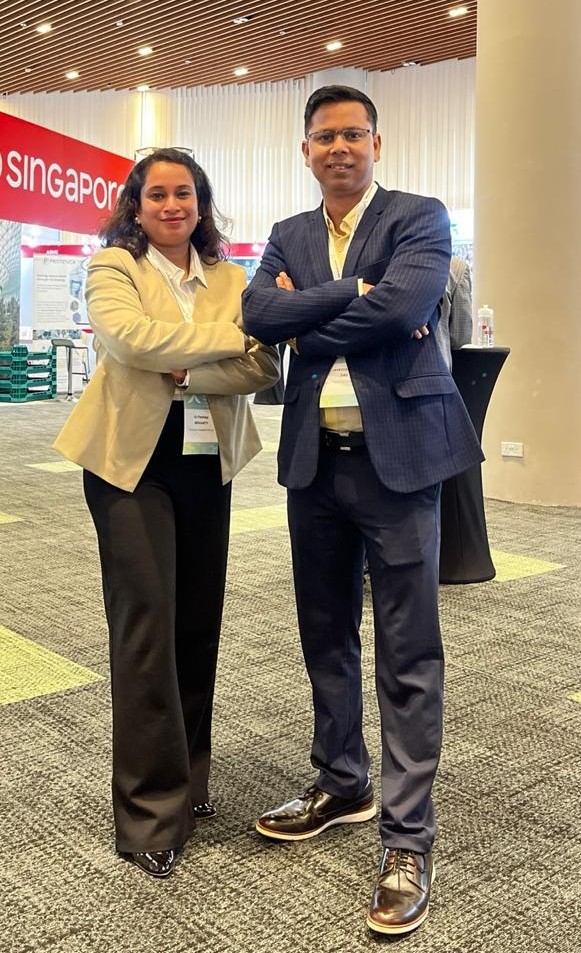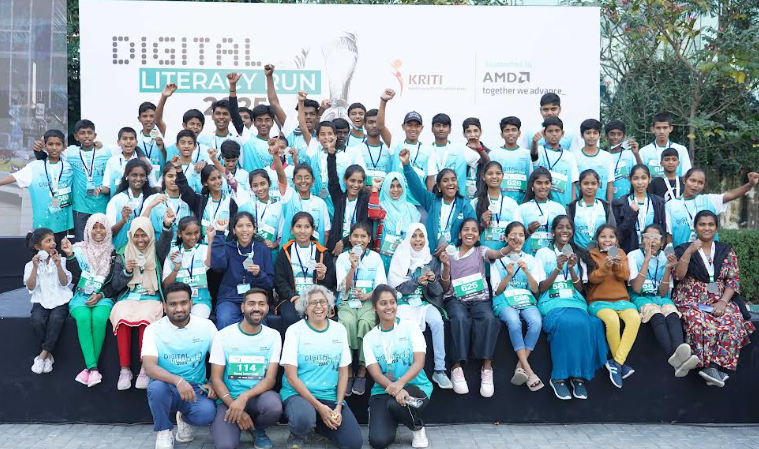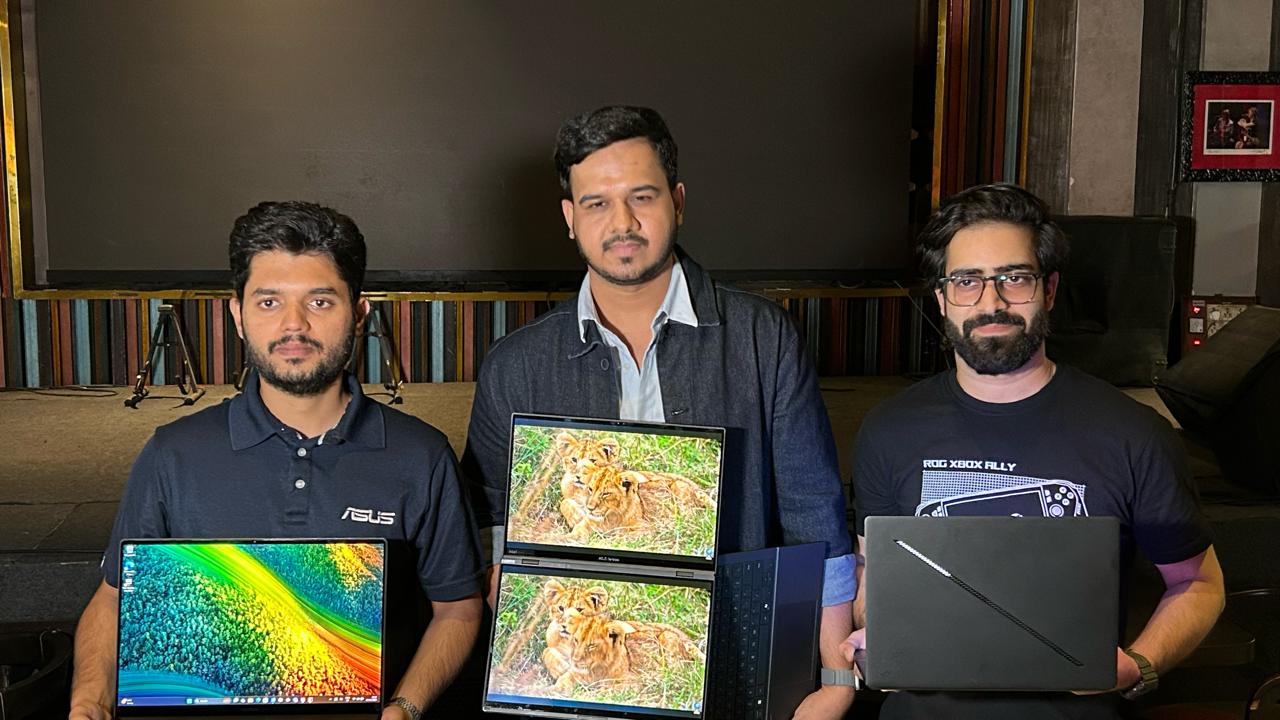Mumbai, Dec 16: – EVM India, a fast-growing name in the Indian consumer electronics and mobility accessories segment, today announced the launch of its latest innovation the EVM EnAura 100W Bluetooth Soundbar with Subwoofer. Designed to meet India’s rising demand for high-quality yet affordable home audio solutions, EnAura strengthens EVM’s presence in the fast-expanding soundbar category and opens a compelling business opportunity for distributors across the country.
With more Indian households upgrading to smart TVs and OTT-first entertainment, the soundbar market has witnessed double-digit growth. EnAura has been engineered to capture this demand curve offering premium acoustics, robust build quality, and wide compatibility at a affordable price point.
EVM EnAura, Made in India soundbar delivers a total output of 100W, optimized for cinematic clarity, richer bass, and an immersive home-theater experience. The product comes equipped with Bluetooth 5.3 for faster pairing and stable wireless playback, making it ideal for everyday entertainment across devices.
Speaking on the launch, Ankit Shah, COO at EVM India, said:
“EnAura has been strategically designed for the Indian market where Indian consumers demand powerful performance, simple connectivity, and great value. For our partner network, this launch represents a strong product with high market relevance, excellent demand drivers, and a competitive price-to-performance ratio.”
To ensure broad compatibility across new and legacy setups, EnAura supports HDMI (ARC), Optical, AUX, USB, and Bluetooth, making it suitable for smart TVs, set-top boxes, laptops, gaming consoles, and older television units. Its frequency response of 160Hz–20kHz ensures balanced treble for dialogues and impactful bass for movies, sports, and music.
The soundbar sports a sleek, minimal design with a built-in LED display, designed to blend effortlessly into Indian living rooms an important purchase factor for families investing in home entertainment upgrades.
In line with Hundia InfoSolutions Pvt. Ltd.’s strong commitment to after-sales reliability, EnAura is backed by a 1-year warranty, and EVM’s extensive network of 500+ service centers across India, including the brand’s signature on-site service. This ensures faster turnaround, reduced dependency on retailer support, and a worry-free experience for end consumers resulting in smoother sales for partners.
The EVM EnAura Soundbar will be available in an elegant Black finish across leading distribution channels, offline retail, and e-commerce platforms. EnAura Soundbar is now available at an introductory price of INR 5,999 on Amazon.





